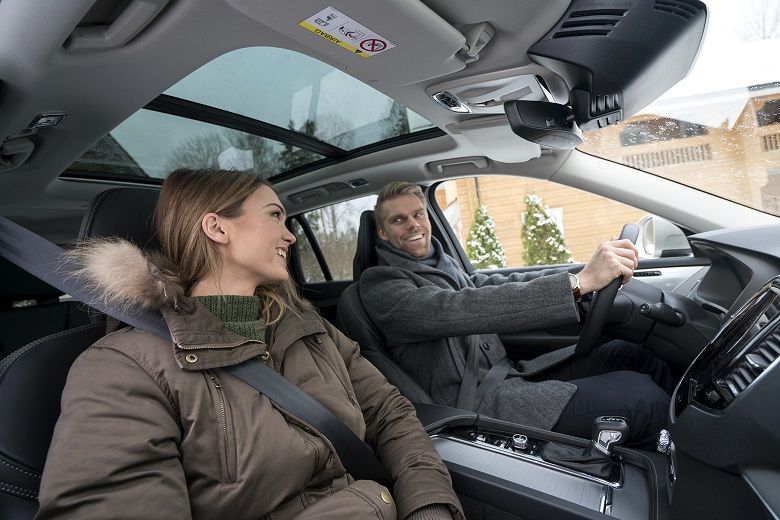Fri February 23 10:17 am 2018 in category Product news
For safety, choose quality tyres for the family’s second car
A family’s second car is often used to drive children to their hobbies, and its driver usually has a fresh driving licence or less driving experience. Since it is sometimes a cheaper model, its winter tyres receive less attention and even conscious cost-savings are sometimes made.

Safety should be a priority when transporting children and young people. Furthermore, inexperienced drivers’ lack of skills and experience can be compensated with maximum safety equipment – and tyres are among the most important of them. During their first winter, a new driver’s reactions and car handling skills are not on the same level as those of the experienced driver of the family’s first car – who also usually has better winter tyres supporting them. Of course, even a safe car cannot guarantee safety if the driver acts irresponsibly. However, the impact of tyres on road safety is already emphasised at driving school.
“A professional instructor reviews the significance and correct use of the safety equipment. Together, we discuss the impact of tyres on handling, selecting the correct tyre type and the importance of inflation pressure,” says Gerhard von Bressensdorf, president of the German Association of Driving Schools.
Mid-season savings may be costly
Buying new tyres is put off especially as the season draws to a close. The idea is to save money by using the worn tyres until the end of the spring or autumn, since a tyre change is coming anyway. However, safety does not use a calendar: on the contrary, tyres become more important in changing weather conditions.
In the 2000s, tyres were a risk factor in every seventh deadly accident caused by a passenger car or van. Nokian Tyres recommends a tread depth of no less than 4 mm for all tyres. “You should never wear your tyres completely down; instead, replace them once approximately four millimetres of tread remain. When changing to winter tyres, they should have over 5 millimetres of tread remaining in order to ensure grip once the slippery weather begins,” says Martin Dražík, Product Manager CE for Nokian Tyres.
You should also remember that the age of the tyre will have an effect: the tread compound will begin to harden over time. If tyres have been in active use for over six years, their grip on ice will be severely reduced even if they still have tread remaining. This is a common problem for second cars, since they are typically driven less than the family’s main car. You can easily check the age of the tyre by looking at the four-digit number code on the sidewall. The first two digits indicate the manufacturing week and the latter two indicate the year. If the code is 1717, for example, then the tyre was manufactured on week 17 of 2017.
WINTER TYRE TIPS FOR THE FAMILY’S SECOND CAR
- Choose high-quality winter tyres designed for Central European conditions
- Replace tyres after six years of active use
- Regardless of how often the car is used, check the tyres’ DOT labels and ensure that they are not over 10 years old
- Replace the tyres at the latest when 4 mm of tread remains
- Check the inflation pressure on the second car – the recommendation for winter is approx. 0.2 bar above the summer value
Pictures: www.nokiantyres.com/secondcar
More information:
Useful tips for tyre maintenance
Winter driving school – Safer winter driving
Further information:
Jaroslav Nálevka, PR manager McCann Prague, 00420 725 865 874,
[email protected]
Zuzana Michalová, PR manager Nokian Tyres CE, 00420 603 578 866,
[email protected]